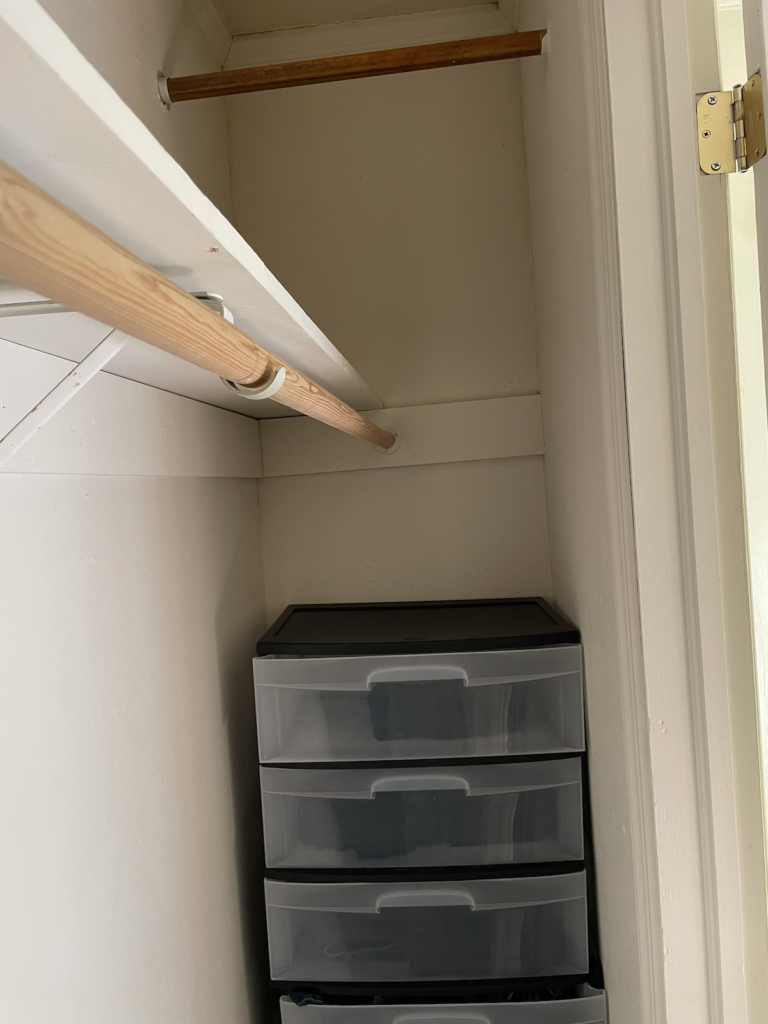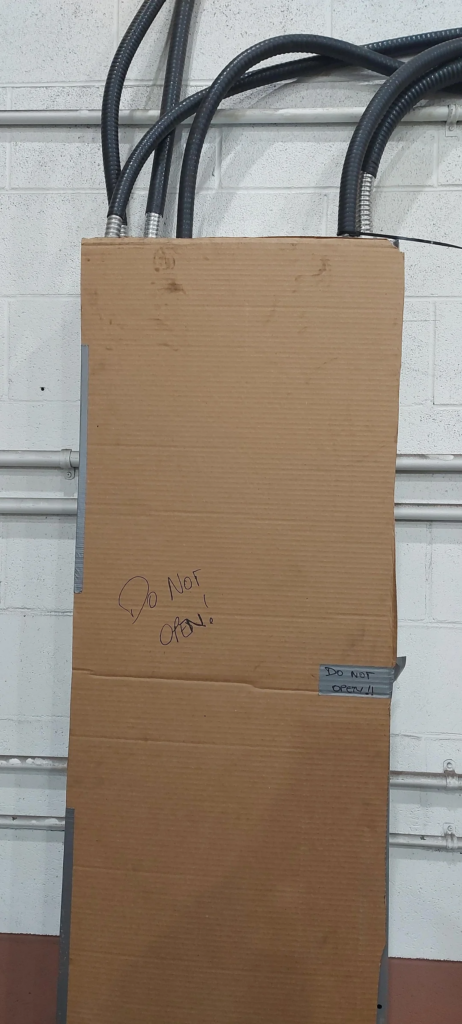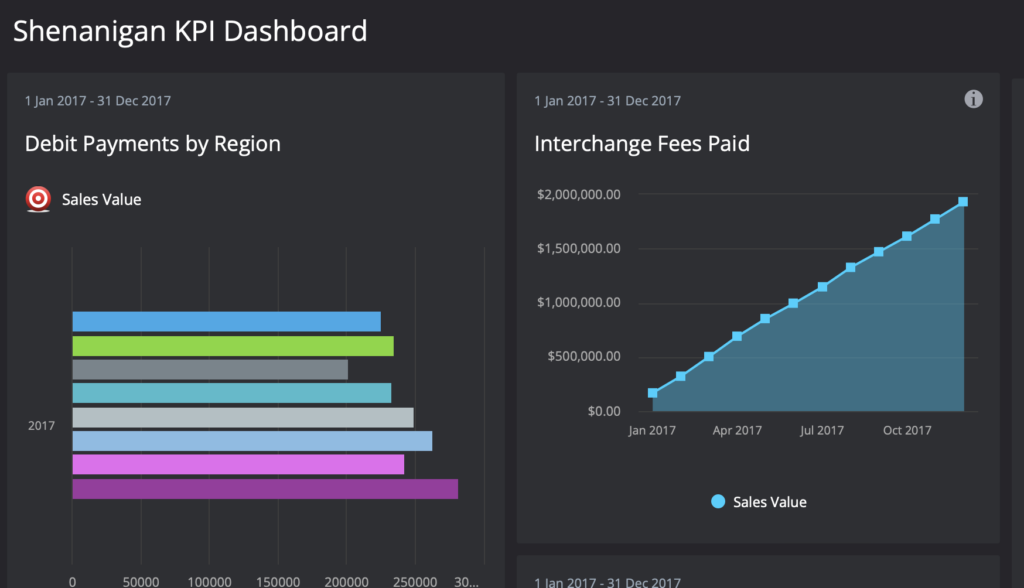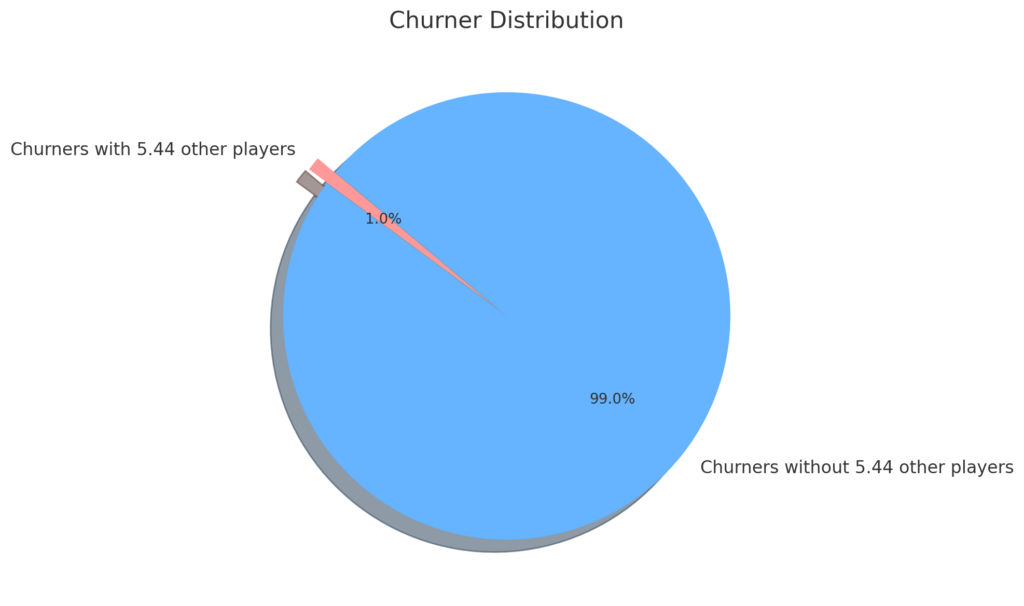- American Express widened its targeting for adding employee cards to business charge cards, with a 15,000 Membership Rewards bonus after $4,000 spend in 90 days for up to five employees online. These links appear in your AmEx Offers tab, and reader Jim notes that they’re not necessarily on top but may be buried much lower.
Any cards that already earned five bonuses of 15,000 Membership Rewards using online links from Spring will not get the online bonus again; calling in for offers still works for those and gives a higher capacity of 99 total bonuses per card though. - Canada’s ultra-low cost carrier Flair Airlines has a promotion for $1 base fare (+ tax) tickets between many major Canadian cities and Las Vegas, Orlando, Los Angeles, Fort Lauderdale, Phoenix, Palm Springs, Nashville, New York JFK, and several Mexico airports.
Surprisingly, I’m seeing limited availability around US winter holidays. I was able to price out a complete bare-bones ticket at ~$15 each way including taxes. That said, “you get what you pay for” very much applies here, and Flair makes Southwest look like luxury. - Capital One has a 20% transfer bonus to AirFrance/KLM FlyingBlue through September 29. Availability out of Canada is often better than out of the US, which I guess pairs nicely with the prior item. (Thanks to virginiarph)
- If it was a Cruel Summer and now you’re Down Bad waiting to be Bejeweled to reset your Karma with a Blank Space and Shake it Off, Hilton is giving you a chance to bid Honors points to meet Travis Kelce. You probably won’t meet his girlfriend, but statistically speaking it’s likely your best opportunity on Earth to do so. (This news item was just for Shay at TCB)
- The Barclays Hawaiian card has an increased bonus of 70,000 HawaiianMiles after a single purchase using a link from an in-flight mailer. The $99 annual fee is not waived in the first year. For a promotional code, you can try a random number or email me for the promo code that reader Dean shared. (Thanks to Dean)
- Gary at VFTW notes that SkyTeam member SAS’s elite status match program doesn’t actually seem to be validating anything and is just awarding status when the form is filled out. So that’s a thing I guess.
Have a nice holiday weekend!

The SAS elite status match validation desk.






